Idea by
Li Pallas, Larissa Eteson, and Gakku Jumaniyasova
Call for ideas 2021
For The Gap
For The Gap
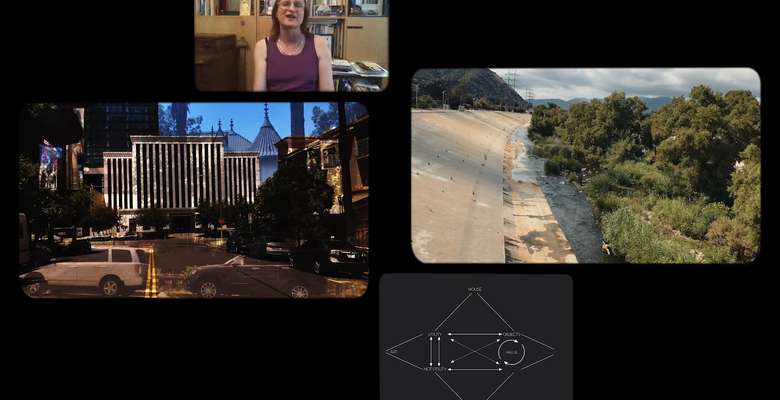
- Systemic changes
In a fractured state of the university and truth, what does sitting with complexity actually look like? How do we even begin to talk about how calls for complexity, while needed, can also feed an obfuscation in which hegemony thrives? The title For the Gap comes from the German Mut zur Lücke which means, “courage to be in the gap.” For the Gap has invited a range of intellectuals to help piece together disparate and incongruous opinions on the value of art, trying to get back to a sense of worldview. Two windows display visual language of fissures, the work of Gordon Matta-Clark, and the moral complexity of the present moment with regard to austerity. A third contains an evolution of our diagrammatic practice.
Interviewees in order of appearance:
McKenzie Wark
Ana Teixeira Pinto
Francisco Diaz
Ana María León
Romi Ron Morrison
Joshua Scannell
All interviews were conducted by myself. Please do not share this link.
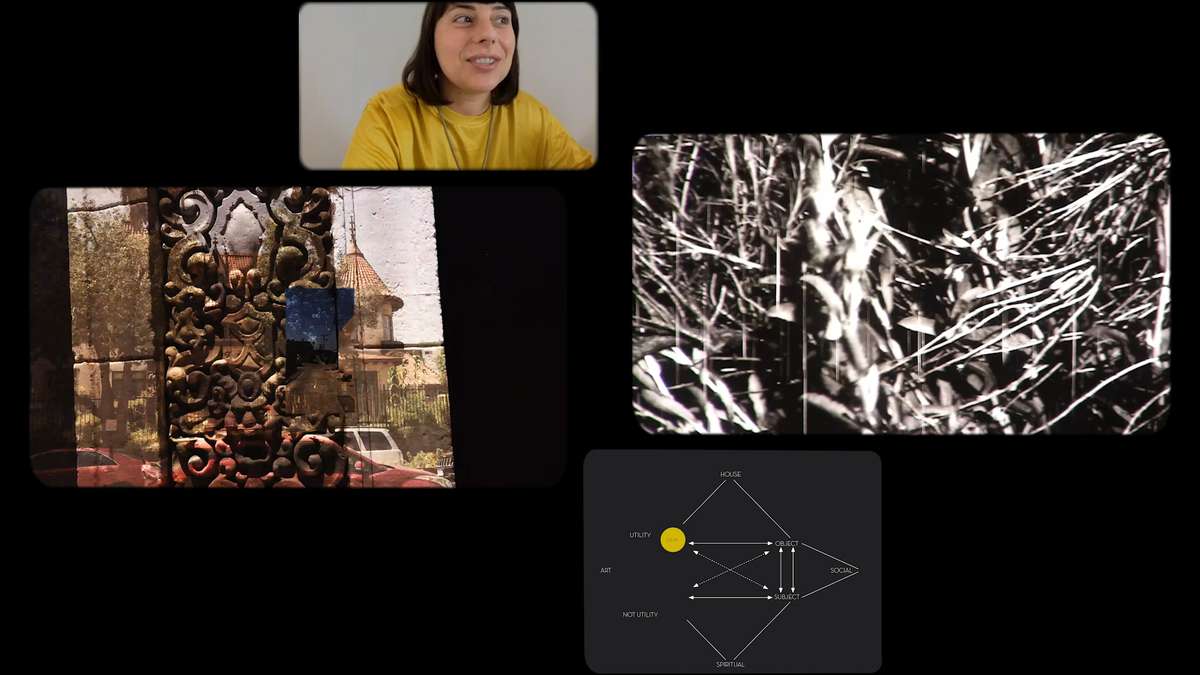
Ana Teixeira Pinto
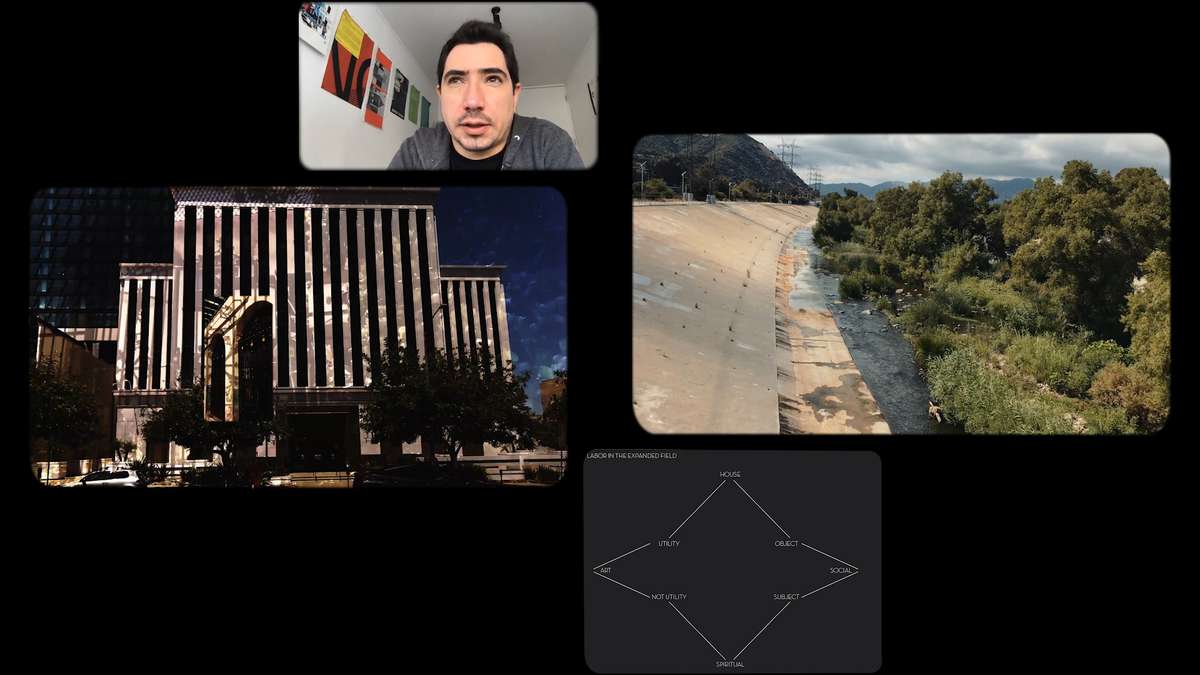
Francisco Diaz
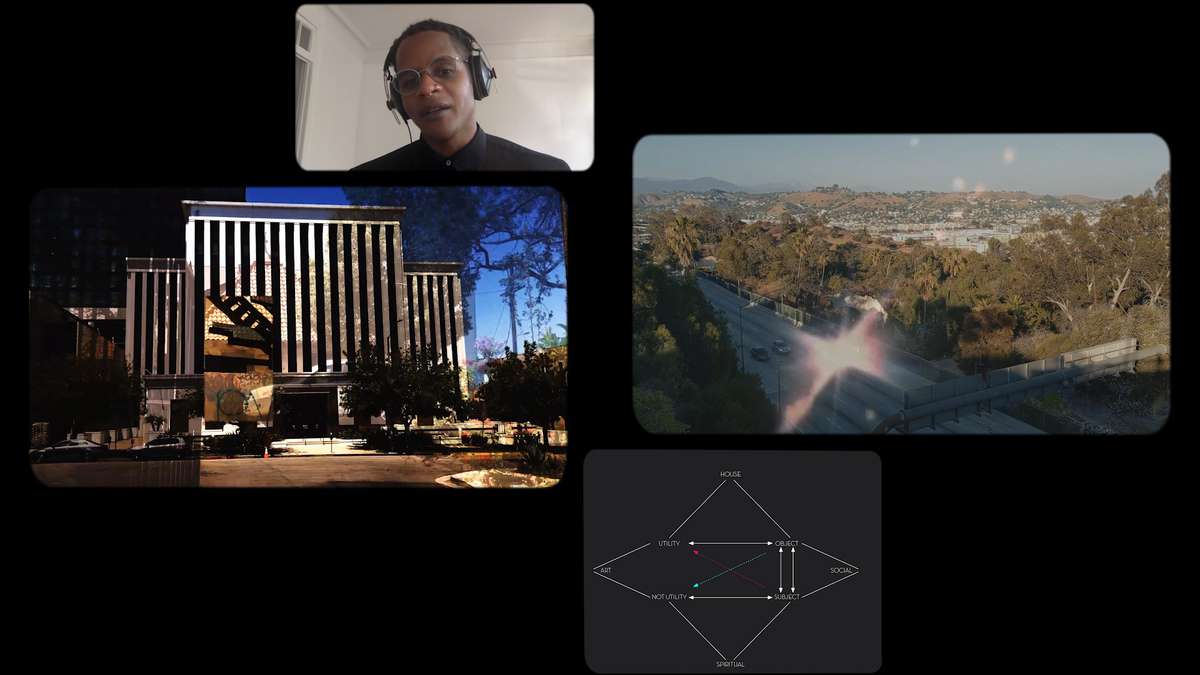
Romi Morrison

Joshua Scannell
For The Gap
For The Gap

- Systemic changes
In a fractured state of the university and truth, what does sitting with complexity actually look like? How do we even begin to talk about how calls for complexity, while needed, can also feed an obfuscation in which hegemony thrives? The title For the Gap comes from the German Mut zur Lücke which means, “courage to be in the gap.” For the Gap has invited a range of intellectuals to help piece together disparate and incongruous opinions on the value of art, trying to get back to a sense of worldview. Two windows display visual language of fissures, the work of Gordon Matta-Clark, and the moral complexity of the present moment with regard to austerity. A third contains an evolution of our diagrammatic practice.
Interviewees in order of appearance:
McKenzie Wark
Ana Teixeira Pinto
Francisco Diaz
Ana María León
Romi Ron Morrison
Joshua Scannell
All interviews were conducted by myself. Please do not share this link.
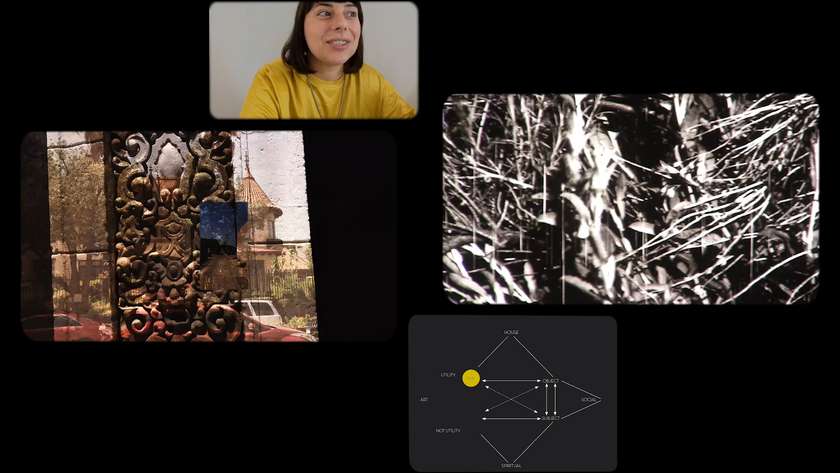
Ana Teixeira Pinto
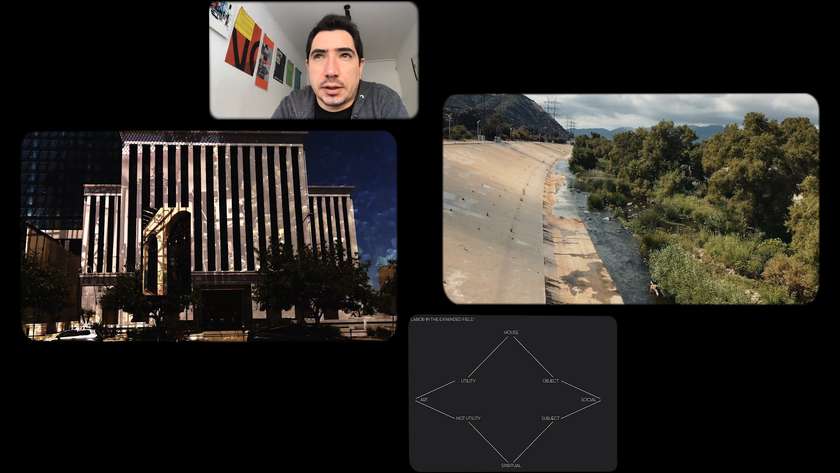
Francisco Diaz
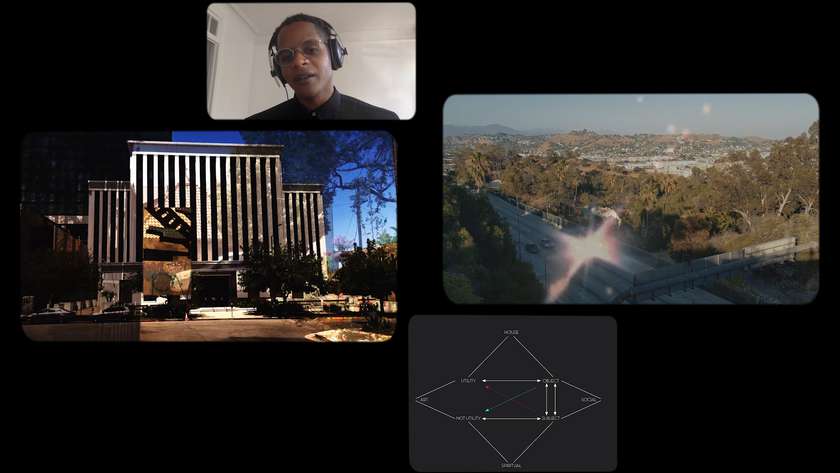
Romi Morrison
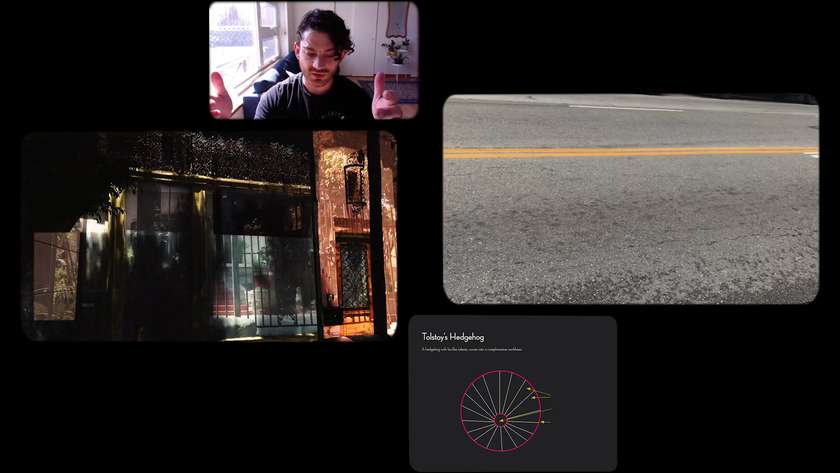
Joshua Scannell